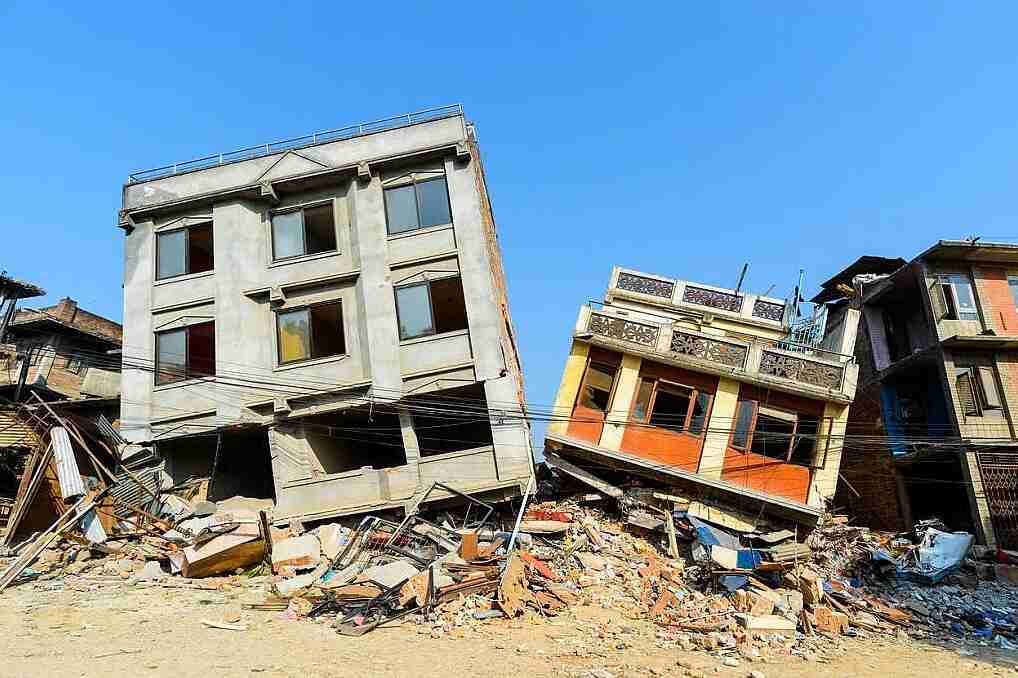
Many builders claim that new buildings in Chennai are earthquake-resistant. But how far is this true? Do properties in Chennai really hold up against seismic activity, or are these just marketing terms?
Let us look into this topic by examining how buildings are supposed to be constructed to resist earthquakes and whether the claims made by developers match the ground reality.
Is Chennai in an Earthquake Zone?
Chennai is located in Seismic Zone III according to the Bureau of Indian Standards (BIS). This means it is considered a moderate risk zone. Earthquakes here are not very frequent, but they are possible and can cause damage if the structures are not prepared.
Unlike Himalayan regions or certain parts of the northeast, Chennai does not face regular seismic movement. But recent tremors have shown that being prepared is necessary.
So, properties in Chennai must follow specific design codes if they are to be safe.
What Makes a Building Earthquake-Resistant?
A building that can withstand earthquakes must have the following features:
- Strong foundation with shock-absorbing features
- Proper use of reinforcement in columns and beams
- Lightweight materials for non-structural parts like walls
- Ductile materials that can bend without breaking
- Proper load distribution to avoid weak spots
The National Building Code (NBC) and IS 1893 set the rules for earthquake-resistant design in India. These rules are supposed to be followed in seismic zones including Chennai.
Are Builders Following the Code?
The actual construction practices vary depending on the builder. Some follow the code strictly, especially large developers with in-house engineering teams. But smaller builders may cut corners to save cost.
Here are a few possible issues:
Incomplete Structural Design
Sometimes, builders reuse old structural drawings without making necessary changes for seismic updates. This may cause the building to miss out on important safety features.
Low-Quality Construction Materials
In some cases, poor quality materials are used. This weakens the building’s ability to absorb shock. Concrete may not be cured properly. Steel rods may be thinner than required.
Absence of Third-Party Structural Checks
Independent audits are rare. Unless the project is very high-profile, most buildings do not undergo a full third-party structural safety check after completion.
Can Buyers Check for Earthquake-Resistance?
It is hard for an average homebuyer to judge whether a building is earthquake-resistant. But you can take the following steps:
Ask for Structural Drawings
Most builders will hesitate to provide this. But you can request at least the summary of the structural design to know if the building complies with IS 1893 standards.
Check for Load-Bearing Features
Look for the size of the columns and spacing between them. Very small columns in large halls may be a red flag.
Look for Certifications
Check whether the builder has received approval from the local planning authority and whether there is mention of earthquake resistance in their permit documents.
Are Older Properties in Chennai Safe?
Buildings constructed before 2002 are less likely to follow earthquake-resistance codes. This is because IS 1893 was revised around that time to include more serious seismic measures.
If you are living in or planning to buy an older property, you should check for:
- Visible cracks in walls and beams
- Signs of settling or uneven flooring
- Lack of reinforcement in staircases and balconies
If these are present, the building may be at higher risk during seismic activity.
Do High-Rise Apartments Offer Better Safety?
Not always. While high-rise buildings usually follow stricter engineering standards, their safety still depends on the quality of construction.
The soil in Chennai varies across regions. In areas like OMR and ECR, soft clay soil can increase shaking during earthquakes. This adds more load on taller structures.
So, while high-rises may look modern, their earthquake safety depends heavily on how well the foundation is built and how the structural system is designed.
What Role Does the Government Play?
The local government requires building approval and compliance with BIS codes. However, enforcement is not always strong.
Site inspections may be brief and sometimes limited to paperwork. As a result, the responsibility often lies with the builder to follow safety norms.
This puts buyers at a disadvantage unless they are able to get independent advice before purchasing.
Conclusion
Properties in Chennai are marketed as earthquake-resistant, but this may not always be true. While regulations exist, actual construction practices differ widely. Larger builders usually have better safety standards, but this cannot be assumed.
If you are planning to buy or rent a property, it is important to ask detailed questions, request basic technical documentation, and look for signs of sound engineering.
Although Chennai is not at high seismic risk, the presence of active fault lines nearby and the experience of recent tremors suggest that earthquake-resistant design is not something to be taken lightly.
With the right checks, you can make an informed choice that prioritizes safety along with comfort.





